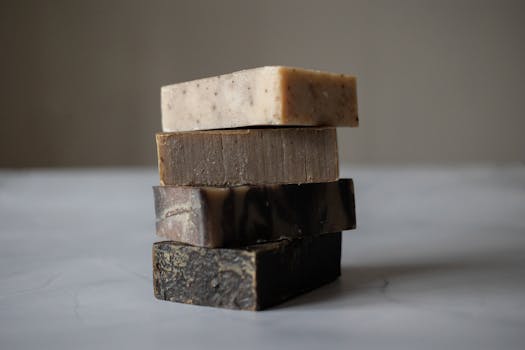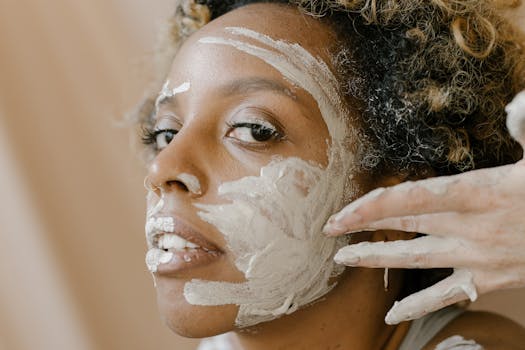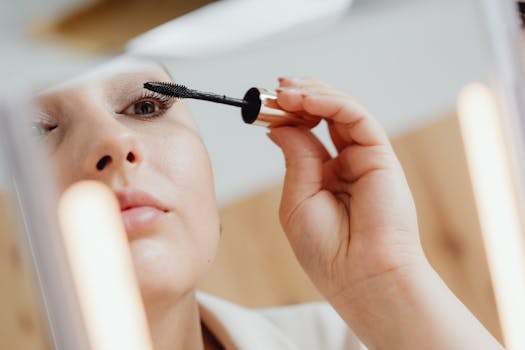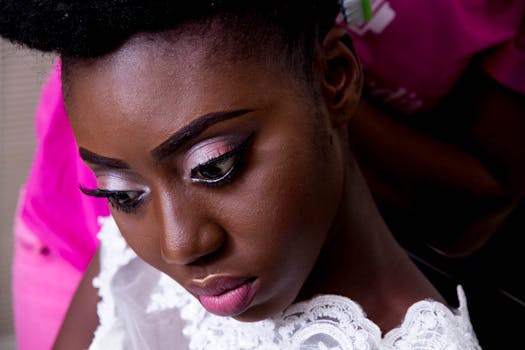
Stretch, Strengthen, Soothe: Exploring the Benefits of Yoga and Pilates Together
Introduction to Yoga and Pilates
Yoga and pilates are two popular forms of exercise that have been practiced for centuries and decades, respectively. Yoga and pilates are low-impact, flexible, and adaptable to different fitness levels, making them accessible to a wide range of individuals. While they share some similarities, they also have distinct differences in their approaches, focuses, and benefits. In this article, we will delve into the world of yoga and pilates, exploring their individual benefits, and how combining them can lead to a more balanced and holistic fitness routine.
Benefits of Yoga
Yoga is a physical, mental, and spiritual practice that originated in India over 5,000 years ago. It is designed to unite the body, mind, and spirit, promoting overall well-being and harmony. Some of the key benefits of yoga include:
- Increased flexibility and range of motion
- Improved balance and coordination
- Enhanced strength and endurance
- Reduced stress and anxiety
- Improved sleep quality
Benefits of Pilates
Pilates is a physical fitness method developed in the early 20th century by Joseph Pilates. It is a low-impact, body-weight-based exercise system that focuses on building core strength, improving posture, and enhancing flexibility. Some of the key benefits of pilates include:
- Core strength and stability
- Improved posture and body alignment
- Increased flexibility and mobility
- Enhanced muscle tone and definition
- Better balance and coordination
Combining Yoga and Pilates
While yoga and pilates are two distinct practices, they can be combined to create a comprehensive and balanced fitness routine. By incorporating elements of both yoga and pilates, individuals can experience a wide range of benefits, including:
- Improved flexibility and mobility
- Increased strength and endurance
- Enhanced core strength and stability
- Better balance and coordination
- Reduced stress and anxiety
Conclusion
In conclusion, yoga and pilates are two powerful practices that can be combined to create a holistic and balanced fitness routine. By incorporating elements of both yoga and pilates, individuals can experience a wide range of benefits, from improved flexibility and strength to reduced stress and anxiety. Whether you are a seasoned yogi or a pilates enthusiast, or just starting out on your fitness journey, combining yoga and pilates can help you achieve a stronger, more flexible, and more relaxed you.
Getting Started with Yoga and Pilates
If you are new to yoga and pilates, or looking to combine them into your fitness routine, here are some tips to get you started:
- Find a qualified instructor or class that combines yoga and pilates
- Invest in a good yoga mat and pilates equipment, such as a reformer or Cadillac
- Start slow and listen to your body, modifying or resting when needed
- Practice regularly, aiming for at least 2-3 times per week
- Be patient and consistent, allowing your body time to adapt and respond
Advanced Tips and Variations
For those who are more experienced in yoga and pilates, here are some advanced tips and variations to take your practice to the next level:
- Experiment with different styles and approaches, such as vinyasa flow or classical pilates
- Incorporate props and equipment, such as blocks, straps, or the wunda chair
- Focus on specific areas of the body, such as the core or hips
- Try partnering or group work, such as yoga or pilates with a friend or family member
- Explore the spiritual and mental aspects of yoga and pilates, such as meditation or breathwork
Common Injuries and Modifications
While yoga and pilates are generally considered safe and low-impact, there are some common injuries and modifications to be aware of:
- Neck and shoulder injuries, such as strain or herniation
- Lower back injuries, such as strain or disc herniation
- Knee injuries, such as ligament sprains or tendonitis
- Ankle and foot injuries, such as sprains or fractures
To modify or avoid these injuries, be sure to:
- Listen to your body and rest when needed
- Use proper alignment and technique
- Warm up and cool down slowly and thoroughly
- Use props and equipment to support and modify poses



